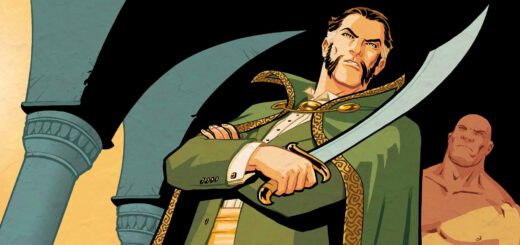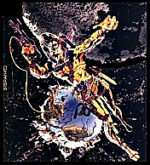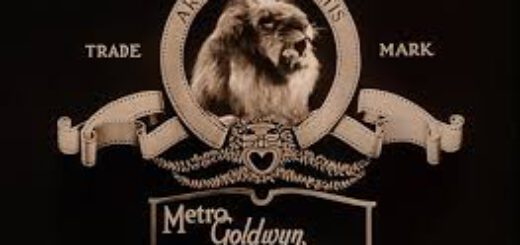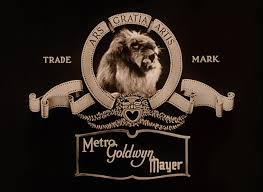Box Office Democracy: “300: Rise of an Empire”
300: Rise of an Empire is a movie that made me doubt my own sanity. I watched that movie and wondered if I had completely imagined the ending of the original movie and, for that matter, the graphic novel it was based on. I distinctly remembered that story closing with a mass of people being told the story of the brave 300 and how their sacrifice inspired the Greeks to band together and now they would fight the Persians and now their victory was assured. I had to run to YouTube to find this clip to assure myself that that is how the movie ended. It’s too bad no one involved with 300: Rise of an Empire bothered to do 40 seconds of searching because they could have avoided completely negating their entire first movie.
300: Rise of an Empire takes place before, during, and after the original film and tells a highly fictionalized version of the Battle of Salamis (for example, in the real battle the light from the sun was not exclusively orange and grey). Themistocles (Sullivan Stapleton) is leading a rag tag band of a Greek navy against the unbeatable Persian navy led by Greek-born warmonger Artemisia (Eva Green). While leading the war Themistocles must also help Calisto (Jack O’Connell), the son of his friend Scyllas (Callan Mulvey) become a man and a soldier, a process achieved mostly through meaningful glances that seem to constantly threaten to turn this movie into another kind of Greek affair.
The Greek navy happens to be hopelessly outnumbered in this battle much like the Spartan army to the south but these soldiers, who are called out as being poets and sculptors before the fighting begin, handle themselves just as well as the Spartans do in the first movie dispatching dozens of Persian sailors for every casualty. It kind of weakens the greatness of the fantastic Spartan army if it turns out that any Greek of the streets with a spear and a shield could have performed about as well. There’s also the moment when Themistocles and his men find out that the 300 have fallen and rather than be inspired to unite as one Greece like they showed at the end of the first film it inspires everyone to want to give up and have many long conversations about how hopeless they are. It’s a rare movie that can make me feel bad for trampling over the plot points of its predecessor when I didn’t even like that movie in the first place.
You might have noticed something about all those names in parentheses in the preceding paragraphs, they all play Greeks and they’re all remarkably pale English, Scottish, New Zealanders, Australian, or French people. It’s whitewashing and it’s offensive, the only dark-skinned people in this movie are on the Persian side and they’re overwhelmingly incompetent or cowards. Even Xerxes is retconned in to being the pawn of Artemisia and her anti-Greek ambition. Artemisia is the palest person in this movie, which stretches credulity to the breaking point as they portray her as a Greek-born slave turned Persian admiral. None of those activities seem like they would be conducive to avoiding the sun.
The worst thing about 300: Rise of an Empire is that it’s going to be used to defend Zack Snyder. He must be something more than the only person fighting Michael Bay for a seat at the musical chairs of the world’s worst directors if he can leave a franchise and see the quality plummet like this. Maybe there is some measure of artistry in all that slow motion if someone copying the technique can make it look so much worse.

























